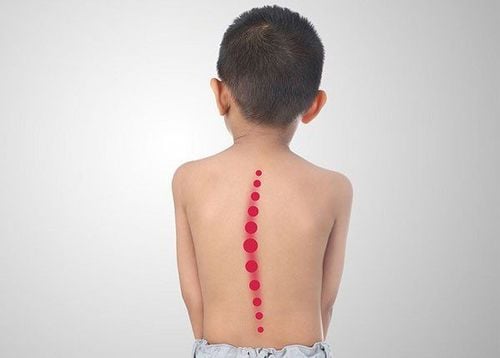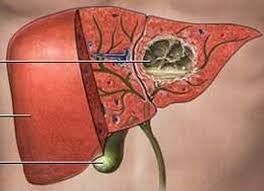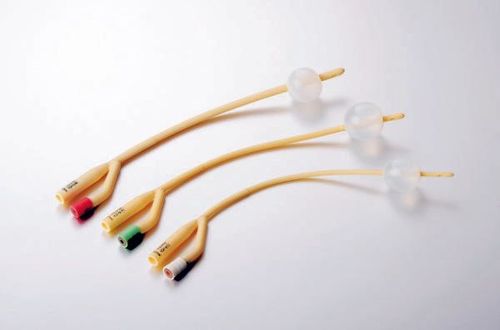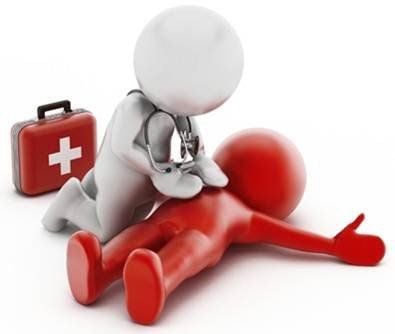This is an automatically translated article.
Air, wind, or cold water can make you sick. This is called hypothermia, and it affects you in a number of ways, depending on the climate where you live, your clothing, your health, and how long you've been outdoors.
1. The drop in body temperature
A person's internal body temperature usually fluctuates around 37 degrees Celsius (98.6 degrees Fahrenheit). Hypothermia usually occurs when the body's internal temperature drops to about 35 degrees Celsius (95 degrees Fahrenheit) or less. It is surprising that the human body can become hypothermic in a relatively cool environment – not freezing cold, the air temperature is around -1 to 10 degrees Celsius (30 to 50 degrees Fahrenheit) – especially is when the body is wet (from rain, sweat or immersion in cold water) according to the US National Weather Service. "The body cools down 25 times faster in water than it does in air," Michael Sawka, chief of the Division of Temperature and Alpine Medicine at the US Army's Institute of Environmental Medicine, told Live Science. in an interview in 2010.
But hypothermia in these relatively cool temperatures is quite rare.
However, with temperatures below 0 degrees Celsius, "it's a different story" - quotes from Dr. Robert Glatter, an emergency physician at Lenox Hill Hospital (New York).
“At minus 34 degrees Celsius, if a person does not wear cold clothes, within 10 minutes, they will suffer from hypothermia. And at minus 40 to minus 45 degrees Celsius, hypothermia will happen in just 5 to 7 minutes,” Dr. Glatter said.
According to the Mayo Clinic, a drop in body temperature causes vital organs to stop working properly - including the brain and heart. The inefficient functioning of the heart reduces the amount of blood being pumped to many organs, putting the body in shock as well as increasing the risk of liver and kidney failure. Children and the elderly are at greater risk of hypothermia because they have weak heart muscles. Furthermore, older people often take beta-blockers that slow their heart rate, which increases their risk of hypothermia in the cold.
Signs of mild hypothermia usually occur when the internal body temperature reaches 35 degrees Celsius such as shivering, weakness, lethargy. Then, “As your body starts to cool down further, bad things start to happen,” says Sawka.
At 33 degrees Celsius, you can lose your memory. At 28 degrees Celsius, you can lose consciousness. Below 21 degrees Celsius, it can be said that you have had deep hypothermia and death is possible, according to Mr. Sawka. The lowest recorded body temperature an adult has experienced and survived is 13.7 degrees Celsius, when the person was immersed in cold and bitter water for a period of time - according to John Castellani, to from USARIEM, who also spoke to Live Science in 2010.
Without prompt treatment, hypothermia can lead to radical heart failure and even death, according to information from the Mayo Clinic. .
Early signs of hypothermia include shivering. This is often the first sign that the temperature is dropping. Along with the following mild symptoms of hypothermia:
Feeling dizzy and lightheaded Start having problems with movement and speech Feeling hungry and tired Nausea Rapid heart rate Severe signs of hypothermia heat includes the shivering stops and:
The voice becomes stammering. You may mumble Get drowsy and start to ignore what's going on Breathing becomes slow and shallow Heart rate slows down and becomes weaker
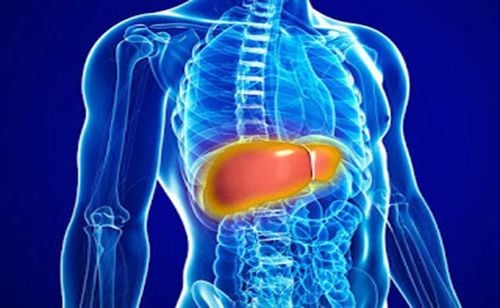
Hạ thân nhiệt gây suy gan, suy thận
2. Combined cold resistance
Since the human body is not strong in cold, we have 2 mechanisms that combine anti-cold structures to protect ourselves from cold conditions.
As soon as that numbing air hits your face, your body tries to isolate itself by stopping the blood supply to your skin and outer extremities like fingers and feet, and directing the blood to the center . This process is called vasoconstriction and it helps limit the amount of body heat released to the environment, says Castellani.
The second response of the body is shivering, which helps to produce heat to warm the body.
3. Danger of frostbite
Although a healthy person can develop hypothermia only when experiencing extreme conditions, frostbite usually occurs in less extreme weather conditions. "It will take a long time for the core body temperature to come down, but it won't take much for the peripheral temperature (the temperature measured in the skin)," Castellani said.
Your fingers and toes are often more susceptible to frostbite because these are where the body cuts off blood to keep its core warm. Although your feet are usually protected by shoes, the temperature of your toes can still become very low, and if you sweat, this wet state will release even more heat to the environment. . Since frostbite occurs when the temperature is below freezing, you won't get frostbite if the air temperature is above 0 degrees Celsius.
How long it takes you to get frostbite depends on many things to sue. For example, if the temperature is minus 18 degrees Celsius with a cold wind of minus 28 degrees Celsius, you could start to experience frostbite in the next 30 minutes; But if the temperature is minus 26 degrees Celsius with a cold wind of minus 48 degrees Celsius, you can get frostbite within 5 minutes, according to the US National Weather Service. Despite these risks, "humans can still go outside in extremely cold environments and do it very well," said Castellani. Humans have conquered high mountains, explored the Arctic and swam in the English Channel, where temperatures were very low.
Even so, you still need to dress properly when facing cold weather conditions. Mr. Glatter recommends that everyone wear at least 3 layers – a moisture-wicking fabric to prevent moisture from entering the skin, an insulating fabric and an outer protective layer to protect you from the wind and other elements. What's more, Glatter recommends that people wear thick, insulated boots because the feet and toes are the places most at risk of frostbite.
The Centers for Disease Control and Prevention also recommends that everyone wear a hat, scarf, or mask that covers their face and mouth, a waterproof jacket, gloves, and boots. Absorbent to protect the body.
The condition is difficult because you cannot feel it. The affected area of skin and tissue becomes numb. It usually affects points such as the chin, cheeks, and protruding parts of the body such as the ears, nose, fingers, and toes. This condition can lead to serious injury. The worst cases may require amputation of frozen parts of the body.
When you have to go to extreme climates, or simply because the outside temperature is dropping, or always watch your skin carefully if it turns yellow - gray or white, with a hard or sticky feeling, or loss of sensation in a body part. As a precaution, wear weather-appropriate clothing, especially if you have poor circulation.
Below is a detailed analysis of the diseases most associated with cold temperatures.
Chills
Chills happen when the small blood vessels underneath the skin become inflamed due to exposure to cold (but not freezing) air. These clusters of small blood vessels (capillaries) become red, itchy, or swollen. Red patches of skin often appear on the fingers, toes, ears or cheeks of the affected person. The blisters may also burst.
Chills can surprise you because the outside temperature doesn't have to be freezing cold to cause illness. Symptoms can appear when your skin is too long exposed to a threshold temperature of 15 degrees Celsius (60 degrees Fahrenheit).
And in some severe cases, the person can develop skin ulcers. They usually disappear in about 1 to 3 weeks – when the weather gets warmer. But the red patches and itchiness will still return with the next cold wave.
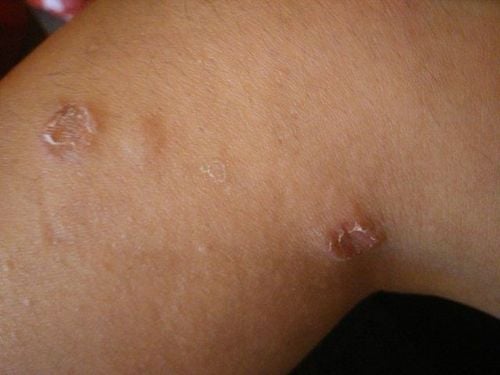
Bệnh cước để lâu dài cho thể gây loét da
Cold urticaria
Young people are the most susceptible to this condition. This condition occurs when the skin reacts to cold air and papules appear. Areas of skin become red, itchy like hives. Your hands will become puffy when handling cold drinks, or even your throat and lips will swell when you eat and drink cold foods.
This condition usually disappears with age, but its effects can be painful. Swimming in cold water can lead to serious conditions. Cold is also a cause for urticaria and is very dangerous.
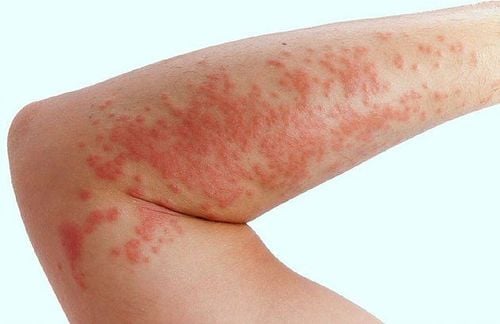
Bệnh mề đây do lạnh sẽ gây ngứa ngáy, ửng đỏ
Tinea pedis (due to prolonged exposure to water)
This ichthyosis occurs when your feet are soaked for too long in a cold and wet environment. If your feet are already wet, blisters can occur even after temperatures reach 15 degrees Celsius (60 degrees Fahrenheit).
Wet feet lose heat very quickly – 25 times faster than dry feet. So your body begins to conserve heat by cutting off circulation (such as oxygen and nutrients) to your feet.
Signs of foot blisters include:
Red, numb and swollen skin Tingling sensation Cramps Blisters and sores Appearance of gangrene (tissues in your feet start to die, make them turn blue, gray, dark purple)
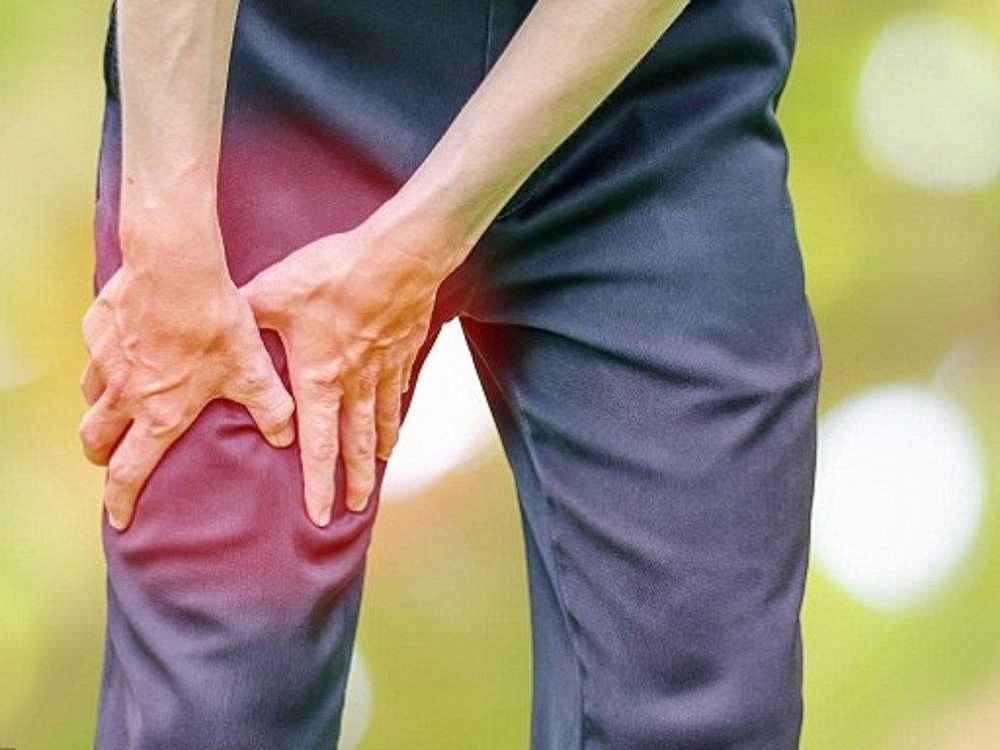
Bợt da chân xuất hiện triệu chứng chuột rút
Customers can directly go to Vinmec Health system nationwide to visit or contact the hotline here for support.
Articles refer to sources: livescience.com, webmd.com





